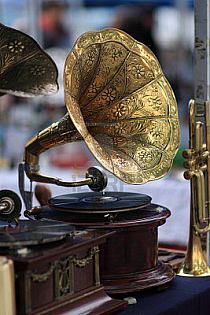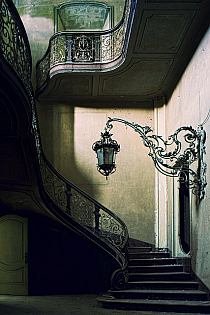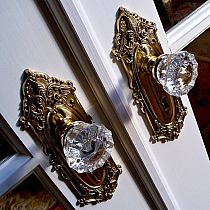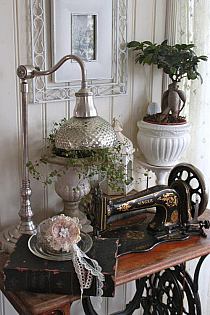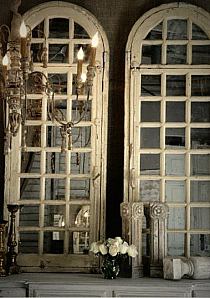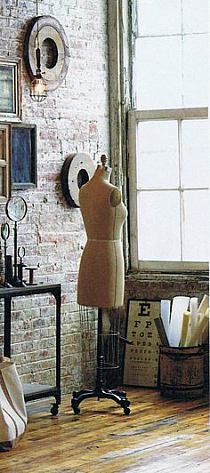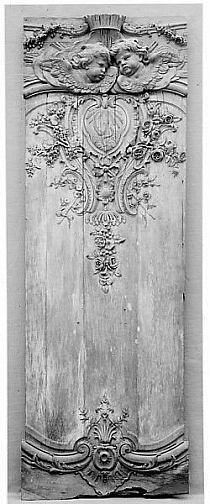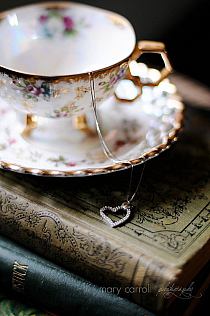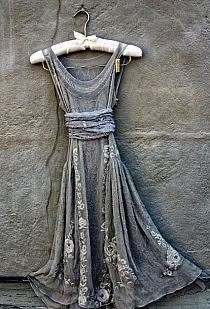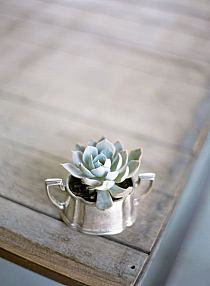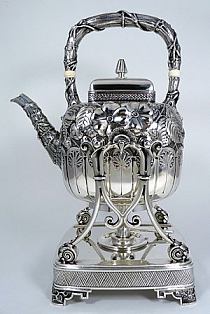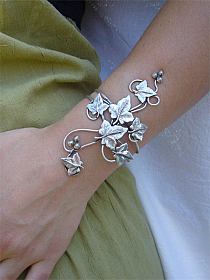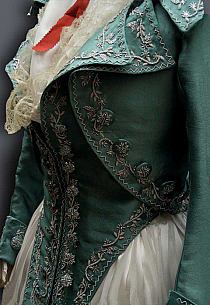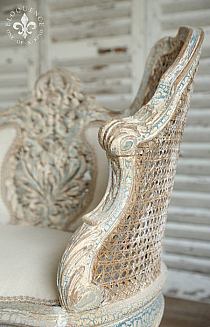-
Inspiracje
- Najnowsze
- Najpopularniejsze
- Zaskocz mnie
- Obserwowane
- MAGazyn
- Moda damska
- DIY - zrób to sam
- Kuchnia
- Uroda
- Wnętrza
- Humor
- Ogród
- Ślub
- Architektura
- Biżuteria
- Design
- Dziecko
- Film
- Fotografia
- Gadżety
- Historia
- Hobby
- Inne
- Książka
- Moda męska
- Muzyka
- Nauka i natura
- Plakaty i obrazy
- Podróże i miejsca
- Samochody i motocykle
- Sport i fitness
- Święta i uroczystości
- Tatuaż
- Zwierzęta
- Partnerzy
- KONKURS
-
Zakupy
-
ONA
- Ubrania
- Bielizna
- Bluzki
- Bluzy
- Dresy damskie
- Kombinezony
- Koszule
- Koszulki
- Kurtki
- Płaszcze
- Spodnie i leginsy
- Spodnie jeans
- Spódnice
- Stroje kąpielowe
- Sukienki i tuniki
- Swetry
- Szorty
- Zestawy
- Żakiety i kamizelki
- Buty
- Baleriny
- Botki
- Czółenka
- Espadryle
- Glany
- Japonki
- Kalosze
- Klapki
- Koturny
- Kowbojki
- Kozaki
- Obuwie Domowe
- Półbuty
- Sandały
- Sportowe i lifestyle
- Szpilki
- Tenisówki i Trampki
- Trapery i trekkingi
- Dodatki
- Bransoletki i zawieszki
- Breloki
- Czapki i kapelusze
- Etui
- Kolczyki, nausznice
- Kołnierzyki
- Kosmetyczki
- Naszyjniki, kolie i zawieszki
- Okulary
- Ozdoby do włosów
- Parasole
- Paski
- Pierścionki
- Plecaki
- Portfele
- Rękawiczki
- Skarpety
- Szaliki i chusty
- Torby i torebki
- Walizki
- Zegarki
- Zestawy biżuterii
- Zdrowie i uroda
- Akcesoria kosmetyczne
- Balsamy
- Bazy i podkłady
- Cienie do oczu
- Dezodoranty
- Higiena jamy ustnej
- Korektory
- Kredki
- Kremy i serum
- Lakiery
- Manicure i pedicure
- Maseczki
- Odżywki
- Peeling
- Perfumy i wody perfumowane
- Pielęgnacja po opalaniu
- Płyny żele i mydła
- Pomadki i błyszczyki
- Pudry
- Róże
- Stylizacja włosów
- Szampony
- Toniki i demakijaż
- Tusze
- Wody toaletowe
- Zestawy
-
ON
- Ubrania
- Bielizna
- Bluzy
- Kąpielówki
- Koszule
- Kurtki i płaszcze
- Marynarki kamizeki
- Spodenki i szorty
- Spodnie
- Swetry
- T-shirt długi rękaw
- T-shirt i Polo
- KULTURA
- GADŻETY
- DZIECKO
-
DOM I WNĘTRZE
- Wnętrza
- Akcesoria dom
- Do baru
- Do biura
- Do kuchni
- Kubki kufle i kieliszki
- Lustra
- Nakrycia stołu
- Oświetlenie
- Plakaty i tablice
- Pościele, poduszki i nakrycia
- Przechowywanie
- Tekstylia
- Zegary i budziki
-
Marki
- MARKI
- Adidas
- Adriatica
- Alter Core
- Armani
- Asics
- Atlantic
- Azzaro
- Barbie
- Bburago
- Be-U
- Benetton
- Bering
- Black Plum
- Burberry
- Bvlgari
- Cacharel
- Calvin Klein
- Canon
- Carolina Herrera
- Carrera
- Casio
- Celestron
- Chanel
- Chloe
- Clinique
- Cobi
- Coloud
- Converse
- David Beckham
- Davidoff
- Delbana
- Diesel
- Dior
- DISNEY
- DKNY
- Dolce & Gabbana
- DOXA
- Dr. Martens
- Dunhill
- Ecco
- Elizabeth Arden
- Esprit
- EVC DSGN
- Festina
- Fila
- Fisher Price
- Frederique Constant
- Givenchy
- Gucci
- Guerlain
- Guess
- Hasbro
- Helena Rubinstein
- Hermes
- Hi-Tec
- Hugo Boss
- Hunter
- Iceberg
- Ingersoll
- Issey Miyake
- Jean Paul Gaultier
- Jennifer Lopez
- Jil Sander
- Jimmy Choo
- Joop!
- Juicy Couture
- Kappa
- Kenzo
- Komono
- Lacoste
- Lalique
- Lancome
- Lanvin
- Lee
- Lego
- Lorus
- Marc Jacobs
- Marshall
- Masaki Matsushima
- Matchbox
- Mattel
- Max Factor
- Max&Co
- Mc Arthur
- Mizuno
- Mont Blanc
- Moschino
- Mr. Gugu & Miss Go
- My Little Pony
- New Balance
- Nike
- Nikon
- Nina Ricci
- Ninety Eight Clothing
- Nivea
- Nixon
- Nooka
- Obaku
- Onitsuka Tiger
- Paco Rabanne
- Pentax
- Pewex
- Pierre Cardin
- Playboy
- Prada
- Puma
- Ralph Lauren
- Reebok
- Regatta
- Revlon
- Rexona
- Rider
- Salomon
- Salvatore Ferragamo
- Shelyak
- Shiseido
- Skagen
- Swarovski
- Takahashi
- Thierry Mugler
- Timberland
- Timex
- Tommy Hilfiger
- UGC
- Urbanears
- Valentino
- Vans
- Versace
- Viktor & Rolf
- Vixen
- Welly
- William Optics
- Wrangler
- Yimaida
- Yukon
- Yves Saint Laurent
-
ONA
-
Szukaj
- Losuj
Biżuteria
flakony
The “Rubens Vase”
Carved in high relief from a single piece of agate, this extraordinary vase was most likely created in an imperial workshop for a Byzantine emperor. It made its way to France, probably carried off as treasure after the sack of Constantinople in 1204 during the Fourth Crusade, where it passed through the hands of some of the most renowned collectors of western Europe, including the Dukes of Anjou and King Charles V of France. In 1619, the vase was purchased by the great Flemish painter Peter Paul Rubens (1577-1640). A drawing that he made of it is now in Saint Petersburg, State Hermitage Museum, inv. 5430. The subsequent fate of the vase before the 19th century is obscure. The gold mount around its rim is struck with a French gold-standard mark used in 1809-1819 and with the guarantee stamp of the French departement of Ain. A similar late Roman agate vessel, the “Waddesdon Vase” or “Cellini Vase,” in now in the British Museum, London.
Carved in high relief from a single piece of agate, this extraordinary vase was most likely created in an imperial workshop for a Byzantine emperor. It made its way to France, probably carried off as treasure after the sack of Constantinople in 1204 during the Fourth Crusade, where it passed through the hands of some of the most renowned collectors of western Europe, including the Dukes of Anjou and King Charles V of France. In 1619, the vase was purchased by the great Flemish painter Peter Paul Rubens (1577-1640). A drawing that he made of it is now in Saint Petersburg, State Hermitage Museum, inv. 5430. The subsequent fate of the vase before the 19th century is obscure. The gold mount around its rim is struck with a French gold-standard mark used in 1809-1819 and with the guarantee stamp of the French departement of Ain. A similar late Roman agate vessel, the “Waddesdon Vase” or “Cellini Vase,” in now in the British Museum, London.
MjA0OWNlNjA6OkQ9Ny16F0xpJRMHci1aBkd+XCNkF2o7UgZONHE+AjUyLAMsHiBMMWsVcxYcOEJIGAdeD080FQ8nam8Ydy0UJygCBxQAXDo5BVIpDGw2OjoMDUsCbB5RYQw4WyEdYBsMIwoZGX4CVQZdBSc2ZHIUNGQWOEgIAiwceX8fYRsHVAIcJwgOIyYCBAQVSGNgYVc1AUpZVSM3CwRQaxRwDAwpHUxLLD8PLwA5fRwiAA8FPHYIWg5sei1mJWdTOQZzS0VgYwxhfzlDTk8qPD4RCVVHNVphVSZyc289XQQqECMDI29GOSw8d0BWFXACRDwHFhBUGSIfU0g5WC8HXVQ0DV42CA1XDD8oCCA2ISsSdCphTlIhFmIsewkjAn1gHzdON1JzFxESCmQ/DmJTF18PIhRPagQPSyh+VigtMwUQSyMcGRoJMixqGQAyeBZgYwtjbUhZZ0kHHgwzIXZucnc9fRkxcxdWBxIBDUMYDQw/czglLjFGCEpaV3RZbkFzSVJkHUYyDBgIB1x5X29lN1gfWBkZAC4XHTkPPwhhFFZUBl5uH00taApnCFsQGkUoDAkiPys8AzdVbmYAIVpDPCZQc1xidyUbIEEcDSZaJn01M3MoUQMrKxsMcRltcBdsNxRDAlEdPkBAODIPRRxPBn99bRgYTl5+Bx9VTRUjGHNCfFtiXGgUfVAiVwsGNyU7cixuPionOmZVZzNwNw8CMgc9cTQACCdxAVN1CkMvM3cfIWxmC3B7eCt7C2McCyMoDHsyLDw8DXBBCXEbChhxTEkUbwNPC3QKQGEjHE9mYX5EaWE2aR4tWlMZMyJFKAxxBEpmT34QBQEdMBwZEw8vGisXJHlmNQkoAyB0HzVDIz9BbhYYF0h0KhwyPX4nAh0cKw4FP0plbSdLK0tjVnQ/cAgqVBwNJzMCGTo0URoKKAgKYCxwfAkBCAFDUiwAfRoKfi9UZ0tPTyEdEXN/F3c0EGEvEXoqVBsaKRVwRw1hH3gzCwoUKRVRMgkoF1VUDnknQwobGE8dUHoGCk5hWWVUfmJDJmcOAxovVnYYLgRuPghFEhsZRgBgC3g4NDEKBTZAKygWKVQVLDdLKXYmRSsUG1cdOAQweRM3XgceNhIoGWdXEj0UQyYhBQYANA15EjMjey8aHn0TFjRdR11sQwo5LgwAATZvBnkWUxpHJVxRNgVQHA0kIxZsMFo8eWw9EWo+WxA2HlUFTD8nf0QfUgEdGEEXPhUnd3Z6XBkOZWMtFxwCEQN2Ay5lAi81Xj4OSi8UAxskMRQxKyxJS3k2Im1xVHIOBCcAMGQtE2wZDDsxZi48BmolQHROUwdsGyFwMClmJTRHZUBgNw9KP1spVAZAEBcNZBRxN1sndC0SPXgqDCsPLA4kVwlGYy8VQjwHTn09RCFcT0wMQkApGllyWjMWKBs+A2o6ICdkYwp8CCMjFwkSPmwoT2tsOEAnDWwYJDA0HCFuYRwGTQpnNkZQERp0Z3tiLQoyJ3l8RmMbDFQEEDNWFwgMBgcUJxded0xcGntwG3kpOhoBcWcVSyUAdDdMdTcSVxYEFTccJwAiCB9RHUE3dXwcHClKYnofdxpUalM6EnUBEX5pEBIkARlSETY/AR8NKAMsFV4DIRMwJmZ/HUIlOgxlHBVzfEE8BwYTfEIEHFUzA14vEFxXD1JgKgpVXB8Qdg8sNiZQEllhWwtQHCs4F2goNhZYdEI3TjcOSBcvTApoAUFicRccJR8lR2oUD18qcX92BQ03DkwgVhQhNC0xUzMALEQaQTwLYwJPXFlJCRQLPCF2YhcKHGskFlQCTlYbODhaIjRuGWA6BxIRIQ8NYSJeGm4UUgI=
Podobne inspiracje
216
121
2
194
85
212
82
193
58
185
57
364
46
3
225
42
2
102
42
98
41
178
40
81
39
72
39
190
38
128
37
149
37
247
33
111
32
1
215
31
55
31
1
46
29
96
28
221
25
32
25
98
23
52
22
Panel fragment ~ early 18th century French Carved oak
63
20
66
20
91
19
41
17
33
14
71
12
20
12
51
11
18
11
11
6
122
5
25
4
12
4
20
4
W 15 innych kolekcjach








